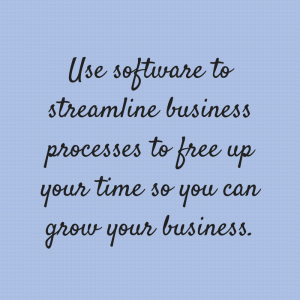I was hanging out in a coffee shop working the other morning, and the internet connection went down. As was my habit, I was working from the hotspot on my iPhone, so it wasn’t an issue for me. I overheard the staff tell customers they couldn’t take credit card payments because the internet was down. Could the customer pay cash? Then I overheard the internet provider wouldn’t have the problem fixed until about four p.m. that day. Considering how many people don’t carry cash, I would imagine a lot of sales were lost that day.
As a society, we depend on technology each day. What’s your backup plan if the technology you use fails you? What happens if the hard drive on your computer fails? What happens if the internet goes down? Your web host gets hacked? Power goes out? Fire? Flood? How will your business continue?
If that coffee shop had a backup plan, the staff wasn’t aware of it which is the same as not having a backup plan at all. What could this coffee shop have done? They could have installed a second internet connection from a different provider. Or they could have switched over to the mobile app on their phones from their credit card processor or point of sale company. There are options available, but planning is required. Hopefully before something happens. Can you afford to lose a day (or more) of sales?
Using cloud-based backup services to backup your hard drive, multiple internet connections, generators, a full-scale disaster plan, or many other options could mean survival of your business. Need some help getting a backup plan in place? Get in touch.







